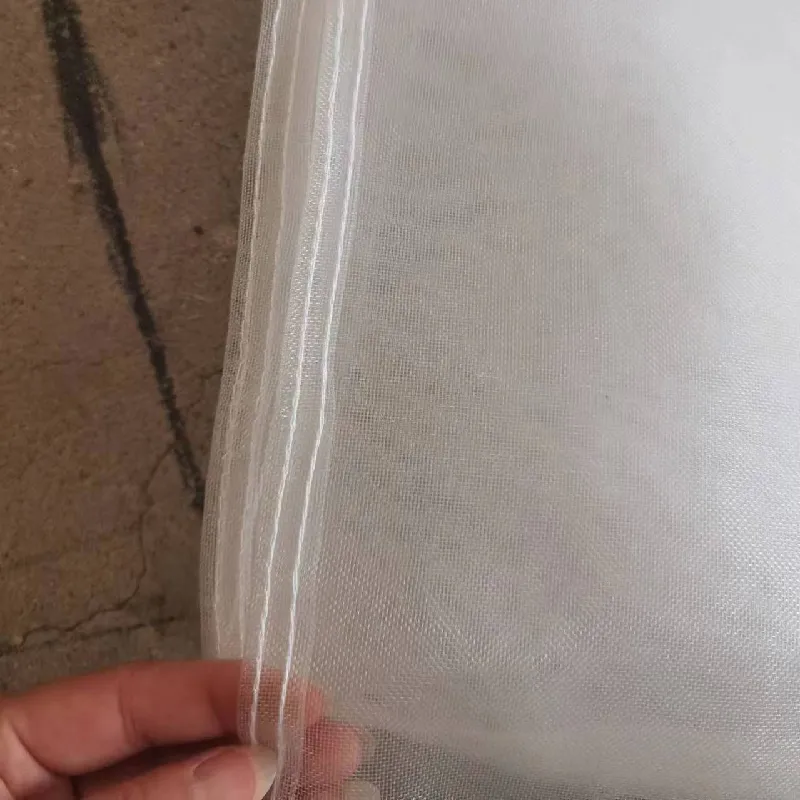-
 Afrikaans
Afrikaans -
 Albanian
Albanian -
 Amharic
Amharic -
 Arabic
Arabic -
 Armenian
Armenian -
 Azerbaijani
Azerbaijani -
 Basque
Basque -
 Belarusian
Belarusian -
 Bengali
Bengali -
 Bosnian
Bosnian -
 Bulgarian
Bulgarian -
 Catalan
Catalan -
 Cebuano
Cebuano -
 China
China -
 Corsican
Corsican -
 Croatian
Croatian -
 Czech
Czech -
 Danish
Danish -
 Dutch
Dutch -
 English
English -
 Esperanto
Esperanto -
 Estonian
Estonian -
 Finnish
Finnish -
 French
French -
 Frisian
Frisian -
 Galician
Galician -
 Georgian
Georgian -
 German
German -
 Greek
Greek -
 Gujarati
Gujarati -
 Haitian Creole
Haitian Creole -
 hausa
hausa -
 hawaiian
hawaiian -
 Hebrew
Hebrew -
 Hindi
Hindi -
 Miao
Miao -
 Hungarian
Hungarian -
 Icelandic
Icelandic -
 igbo
igbo -
 Indonesian
Indonesian -
 irish
irish -
 Italian
Italian -
 Japanese
Japanese -
 Javanese
Javanese -
 Kannada
Kannada -
 kazakh
kazakh -
 Khmer
Khmer -
 Rwandese
Rwandese -
 Korean
Korean -
 Kurdish
Kurdish -
 Kyrgyz
Kyrgyz -
 Lao
Lao -
 Latin
Latin -
 Latvian
Latvian -
 Lithuanian
Lithuanian -
 Luxembourgish
Luxembourgish -
 Macedonian
Macedonian -
 Malgashi
Malgashi -
 Malay
Malay -
 Malayalam
Malayalam -
 Maltese
Maltese -
 Maori
Maori -
 Marathi
Marathi -
 Mongolian
Mongolian -
 Myanmar
Myanmar -
 Nepali
Nepali -
 Norwegian
Norwegian -
 Norwegian
Norwegian -
 Occitan
Occitan -
 Pashto
Pashto -
 Persian
Persian -
 Polish
Polish -
 Portuguese
Portuguese -
 Punjabi
Punjabi -
 Romanian
Romanian -
 Russian
Russian -
 Samoan
Samoan -
 Scottish Gaelic
Scottish Gaelic -
 Serbian
Serbian -
 Sesotho
Sesotho -
 Shona
Shona -
 Sindhi
Sindhi -
 Sinhala
Sinhala -
 Slovak
Slovak -
 Slovenian
Slovenian -
 Somali
Somali -
 Spanish
Spanish -
 Sundanese
Sundanese -
 Swahili
Swahili -
 Swedish
Swedish -
 Tagalog
Tagalog -
 Tajik
Tajik -
 Tamil
Tamil -
 Tatar
Tatar -
 Telugu
Telugu -
 Thai
Thai -
 Turkish
Turkish -
 Turkmen
Turkmen -
 Ukrainian
Ukrainian -
 Urdu
Urdu -
 Uighur
Uighur -
 Uzbek
Uzbek -
 Vietnamese
Vietnamese -
 Welsh
Welsh -
 Bantu
Bantu -
 Yiddish
Yiddish -
 Yoruba
Yoruba -
 Zulu
Zulu
Durable Nylon Netting Solutions for Effective Crop Protection and Sustainable Agricultural Practices
The Versatility of Nylon Net for Agriculture
In the ever-evolving field of agriculture, the implementation of innovative materials has proven essential for enhancing productivity and sustainability. One such material that has garnered attention in recent years is nylon netting. Nylon net for agriculture serves multiple purposes, ranging from crop protection to greenhouse coverings, making it a vital asset for modern farming practices.
Advantages of Nylon Netting
Nylon netting is known for its exceptional durability and flexibility. Unlike traditional materials, such as hay or straw, nylon nets are engineered to withstand harsh environmental conditions, including UV radiation and heavy rains. This durability translates into a longer lifespan, reducing the frequency of replacements and ultimately lowering costs for farmers. Additionally, the lightweight nature of nylon makes it easy to handle and install, streamlining agricultural operations.
One of the primary applications of nylon netting in agriculture is as a protective barrier against pests and birds. Farmers often face significant challenges from these threats, which can result in devastating losses. Nylon netting can effectively cover crops, creating a physical barrier that deters pests from reaching the plants while allowing sunlight and moisture to penetrate. This capability helps in minimizing the need for chemical pesticides, promoting a more organic approach to pest management.
Moreover, nylon nets can serve as a tool for crop support. As plants grow, they often need assistance in maintaining structure and stability. Nylon netting can be used to support climbing crops such as cucumbers and tomatoes, allowing them to grow vertically, thus saving space and promoting better air circulation. The use of nylon nets for support can lead to healthier plants and higher yields, further benefiting farmers.
Environmental Considerations
nylon net for agriculture

The integration of nylon netting into agricultural practices also reflects a growing awareness of environmental sustainability. Farmers are increasingly seeking ways to reduce their ecological footprint, and nylon nets play a crucial role in this effort. By minimizing the use of chemical pest control methods and enhancing the efficiency of land use, nylon netting contributes to more sustainable farming practices.
Furthermore, the recyclability of nylon is another critical factor to consider. As agriculture moves towards sustainable practices, the option to recycle and repurpose nylon nets can significantly reduce waste. Many manufacturers now offer recycling programs, encouraging farmers to return used nets, further emphasizing the industry's commitment to sustainability.
Innovations and Future Directions
As agricultural technology continues to advance, the potential applications for nylon netting are expanding. Innovations such as UV-treated nylon nets promise improved durability and resistance against environmental stresses. Additionally, the development of biodegradable alternatives to traditional nylon is an area of ongoing research, aimed at further reducing the environmental impact of agricultural practices.
Farmers are also leveraging the use of nylon netting in combination with advanced monitoring systems. By integrating netting with sensors and drones, farmers can gain real-time insights into the health of their crops and the effectiveness of the netting in pest control. This data-driven approach ensures that farmers can make informed decisions, optimizing their practices for better yields.
In conclusion, nylon net for agriculture is a versatile and invaluable tool that addresses various challenges faced by modern farmers. Its durability, flexibility, and eco-friendliness make it an attractive option for enhancing productivity while minimizing environmental impact. As the agricultural sector continues to innovate, the role of materials like nylon netting will undoubtedly become increasingly significant in the quest for sustainable farming solutions.
-
Shipping Plastic Bags for Every NeedNewsJul.24,2025
-
Safety Netting: Your Shield in ConstructionNewsJul.24,2025
-
Plastic Mesh Netting for Everyday UseNewsJul.24,2025
-
Nylon Netting for Every UseNewsJul.24,2025
-
Mesh Breeder Box for Fish TanksNewsJul.24,2025
-
Expanded Steel Mesh Offers Durable VersatilityNewsJul.24,2025











